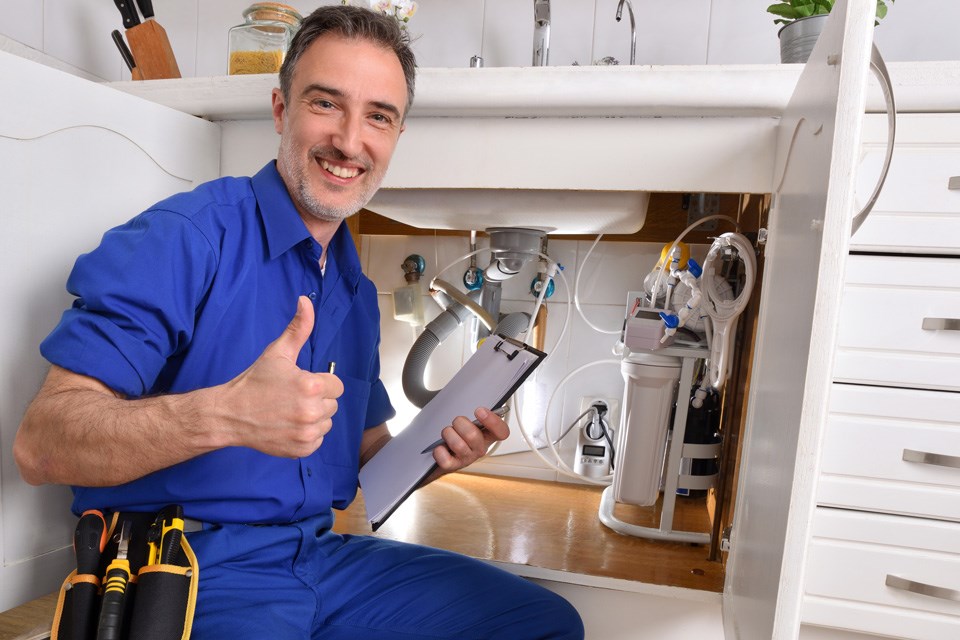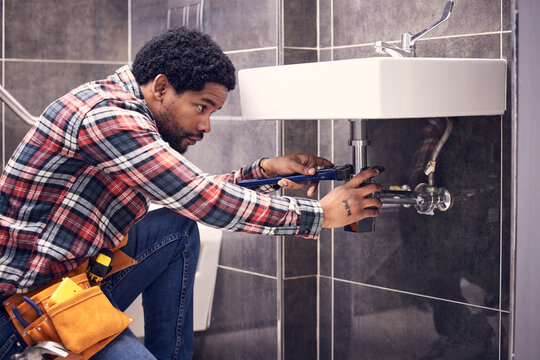Specialist Drain Cleaning Alabaster AL to Maintain Your Pipeline Flowing
Specialist Drain Cleaning Alabaster AL to Maintain Your Pipeline Flowing
Blog Article
A Detailed Overview to Effective Water Heating Unit Setup for Ideal Efficiency
Embarking on the job of installing a water heating system is a venture that requires precision and a methodical approach for attaining ideal performance. As you continue, the intricacies of attaching water supply lines and setting up reputable electric or gas connections await, appealing understandings into making sure performance and reliability.
Selecting the Right Water Heating System

Next, consider the size and ability of the water heater. It's important to examine your household's warm water demands, which can vary based on the variety of owners and their usage patterns. A system that's also small may result in inadequate warm water, while an extra-large model might lead to unneeded energy usage.
Efficiency scores additionally play a critical function in selection. Try to find water heaters with high Energy Variable (EF) ratings, suggesting superior efficiency and reduced energy use. Tankless versions, though usually a lot more pricey ahead of time, deal significant power cost savings with time as a result of their on-demand home heating abilities.
Preparing the Installation Area
Before mounting a new water heater, thorough preparation of the installment location is important. It's crucial to determine the space meticulously to suit the water heating unit's dimensions, ensuring ample clearance around the unit for efficient procedure and servicing.
Next, eliminate any kind of debris, dirt, or blockages from the website to create a clean atmosphere. Examine the flooring for stability, as the water heating unit will certainly require a strong, level surface to operate effectively. If required, set up a drip frying pan under the unit to catch possible leaks or spills, stopping water damages to the surrounding location. In regions prone to seismic activity, think about setting up seismic straps to protect the heating unit securely in area.
Furthermore, make certain that all essential tools and materials get on hand prior to beginning the setup. This includes items such as wrenches, screwdrivers, a degree, and any kind of added hardware required for mounting and securing the heating system. A well-prepared installation location establishes the structure for a successful water heating unit setup, optimizing efficiency and security.
Connecting Water System Lines
When linking water supply lines to your freshly set up hot water heater, it is vital to guarantee that all connections are leak-free and secure to keep effective operation and prevent water damages. Begin by determining the warm and chilly supply of water lines. The cold water inlet is generally marked with a blue tag or a "C", while the warm water outlet is noted with a red label or an "H".
Use versatile water heating unit connectors to assist in a much easier installation process. These ports can take in resonance and enable slight motion, reducing the danger of leakages. Before connecting the adapters, place a plumbing's tape around the threaded ends of the water heating system's inlet and outlet pipelines - Plumbing Alabaster AL. This tape works as click a sealant, stopping leakages. Carefully link the adaptable hoses to the particular inlet and electrical outlet, making certain that they are not over-tightened yet tight, which could harm the threads.
As soon as connections are in area, slowly activate the primary water system shutoff. Check each link for leakages by visually checking and feeling for wetness. Tighten connections as required, and make sure the pressure safety valve learn the facts here now is properly installed, protecting against excessive stress accumulation.
Establishing Electric or Gas Links
Appropriately establishing the electrical or gas connections for your hot water heater is an essential step to ensure reliable and risk-free operation. For electric hot water heater, start by validating that the electrical circuit is compatible with the heater's voltage and amperage requirements. Make certain the power supply is shut off at the breaker to stop mishaps. Connect the electrical cords to the heating unit complying with the producer's electrical wiring diagram. Generally, this includes connecting the ground wire to the environment-friendly terminal, and the staying wires to their corresponding terminals, safeguarding each with cord nuts.
For gas water heating units, security is critical. Attach the gas line to the water heating unit using a versatile gas connector, ensuring it is appropriately threaded and sealed with pipe joint compound or Teflon tape appropriate for gas links.
When links are made, inspect for any type of possible leaks. For gas lines, use a soapy water option to the joints; bubbles indicate a leak. For electric links, confirm that all circuitry is safe and secure and correctly protected, keeping conformity with regional electrical codes.
Adjusting and examining for Efficiency
With the electric and gas links firmly in area, the following step is assessing the operational performance of your water heating system. Begin by very carefully turning on the water supply and ensuring there are no leakages at any of the joints or shutoffs.
Next, execute a comprehensive inspection to make certain the home heating elements or burner are operating properly. For electrical heating units, utilize a multimeter to validate if the aspects are drawing the ideal present. In gas models, observe the heater flame; it should be blue and constant, indicating effective burning.
Change the setups as needed to eliminate inadequacies. Consider applying insulation steps, such as including a hot water heater covering, to even more enhance efficiency by minimizing warmth loss. Additionally, examine the anode rod's problem, as a scrubby pole can minimize efficiency and cause tank rust.
Verdict
Effective hot water heater installment is important for ensuring ideal efficiency and energy cost savings. By picking the suitable kind and size, and thoroughly preparing the installation area, a structure for success is established. Safely connecting supply of water lines and meticulously setting up electric or gas connections decrease potential problems. Thorough testing for leaks and exact thermostat changes to 120 ° F enhance dependability and effectiveness. Complying with these actions advertises lasting capability and power preservation in residential water heater.

Correctly setting up the electrical or gas connections for your water heating unit is a crucial step to guarantee effective and risk-free procedure. For electrical water heating units, start by confirming that the electric circuit is suitable with the heating unit's voltage and amperage demands. Link the gas line to the water heating unit utilizing a versatile gas port, ensuring it is correctly threaded and secured with pipe joint compound or Teflon tape ideal for gas links.
Report this page